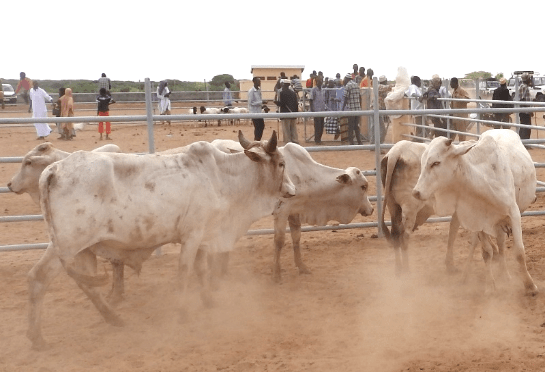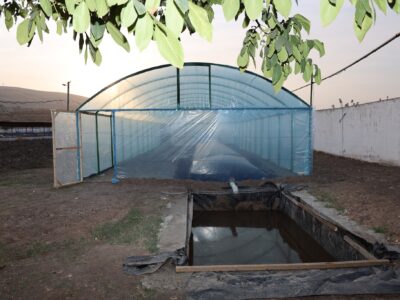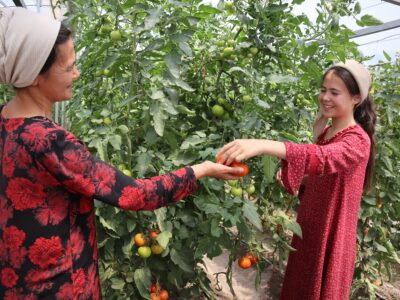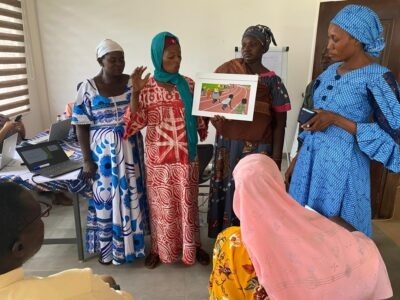
Merti Livestock Market Boosts Livelihoods for Pastoralists
Written by Lucy Wariara, with contributions by Lucyline Kagendo and Venny Mayaka
Before the USAID-funded Resilience and Economic Growth in the Arid Lands—Accelerated Growth (REGAL-AG) project built the Merti livestock market in Isiolo County in central Kenya, livestock producers and traders used to converge every week at an open field to conduct business. This informal market had no structures or systems in place. The newly constructed Merti market, built at a cost of US$135,073, consists of a gated perimeter fence, sales yards, animal pens, toilets, and a resting shade. The market operates twice a week on Tuesdays and Saturdays, and benefits 440 households.
Prior to constructing the market, the project also built up the capacity of 21 Livestock Marketing Association members from Merti—13 men and 8 women, to equip them with the management skills needed to oversee the day-to-day operations of the livestock market. Their involvement ensures that the new market operates efficiently and increases the volume of transactions to lead to wealth creation among the pastoralists.
Notable transformations that have taken place since the market was constructed include:
- The number of livestock traders, especially from neighboring counties, has increased. A total of ten external livestock traders from Garissa, Tharaka Nithi, Mwingi, Wajir, and Marsabit counties have been registered by the market’s Livestock Marketing Association office.
- Decision making by women within the Livestock Marketing Association has significantly improved, as they are able to voice the community’s concerns, especially on issues that affect women, such as the allocation of selling space at the market and safeguarding women traders from broker exploitation.
- New small businesses selling general items such as food, clothing, and sundries have emerged, mostly being operated by women and youth. There are currently 15 women small traders who operate during market days. Before the market was constructed, there were only two male hawkers.
- Sales of goats and sheep have increased from 700 to 1,300, while those of cattle have increased from 70 to 150.
- The county government is now able to collect cess from livestock sales. Before the market was constructed, there was a lot of revenue seepage, because most of the livestock traders used to operate from Manyattas (homesteads).








